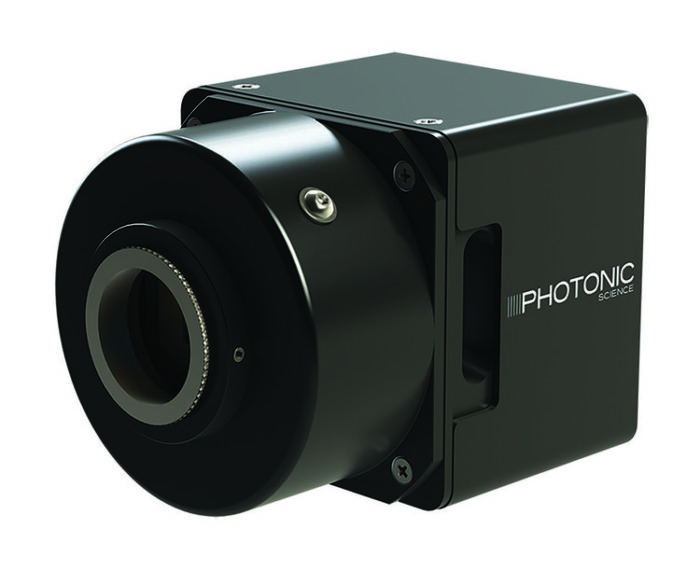News
SWIR Cameras: The Value of Shortwave Infrared
1st May, 2020
Photonics Science is among the world leaders in high-performance digital imaging and optical detection, with a suite of precision cameras encompassing a sizeable portion of the electromagnetic spectrum. Alongside industry-trusted products based on X-rays and visible light, we offer a selective range of cameras that utilize shortwave infrared (SWIR). Also known as SWIR cameras, these advanced imaging systems offer myriad benefits to users in a range of market segments. With a wide dynamic range and low sensitivity to ambient conditions, SWIR cameras empower end-users in production, research, security, and more.
Learn about the basics of SWIR cameras: What is SWIR Imaging?
The value of shortwave infrared imaging cannot be understated. In this blog post, we will explore our own SWIR cameras in greater depth to share some of the exclusive benefits of this innovative imaging niche.
Introducing Photonics Science’s SWIR Camera Range
Our proprietary SWIR camera range is built on InGaAs focal plane technology. Semiconductors based on indium-galium-arsenide are superior to silicon (Si) substrates when operating with infrared light due to their wider bandgap. Combined with a readout integrated circuit (ROIC), these innovative arrays rapidly convert incoming SWIR radiation into digital signals for real-time high-resolution imaging.
At the entry-level, we offer a SWIR module for original equipment manufacturing that is easily integrated into existing instruments and systems. Without integrated cooling, the VGA SWIR OEM Module exhibits a comparatively high dark current of up to 30 fA – a common characteristic of non-cooled InGaAs focal planes. We can dramatically reduce that by air-cooling the module, yielding a maximum dark current of 0.7 fA. Either option makes a convenient solution for quantitative SWIR imaging and surveillance with full resolution at high frames rates (<174 fps) and excellent linearity responses to varying exposures.
Our complete SWIR cameras fall under two primary product lines: the VGA and qVGA. Each one covers the spectral range of 900 – 1700 nanometres (nm), while the VGA offers the larger resolution of the two (640 x 512) with frame rates of <174 fps at full resolution. Specific regions of interest can often be observed at high-resolution up to frame rates of 200 fps, though this depends on the specific process parameters and application. The qVGA, meanwhile, features a resolution of 320 x 256 and 110 fps at full resolution. If required, it can be made available with extended spectral responsiveness up to 2.2 micrometers (μm).
We can also offer our VGA SWIR camera with temperature corrected 4 point in camera corrections; dark current, bright pixel, gain, offset, flatfield, which provides the best possible image quality from a SWIR camera without the need for a PC. For long exposure applications up to 1 minute we can also provide a water-cooled solution, which cools the sensor to -50°C.
To learn more about the established and budding areas of application for SWIR cameras, read our previous blog post SWIR Imaging: Principles & Applications
Our SWIR cameras exceed conventional optics in manufacturing environments as they enable visualization of previously invisible phenomena, without the added maintenance costs associated with longer-wave infrared imaging – such as mid-wave infrared (MWIR). Refer to the product pages below for full specifications:
If you are interested in leveraging the benefits of SWIR imaging in your area, simply contact a member of the Photonics Science team today for SWIR camera quotes.




